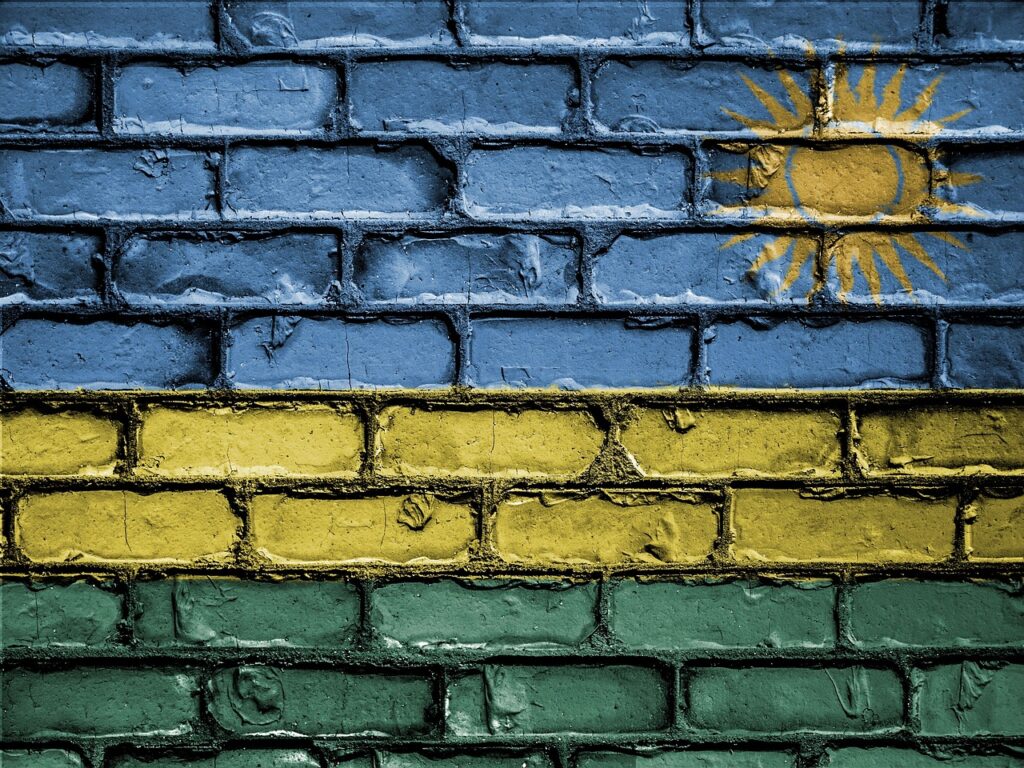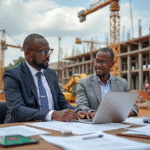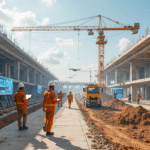Rwanda’s Construction Industry Set to Reach $1.4 Billion by 2025
Rwanda’s construction industry is on track to reach $1.4 billion in 2025, an annual gain led by booming infrastructure projects, housing demand, and visionary urban planning.
Rwanda’s construction industry is on a remarkable growth trajectory, with projections indicating it will hit a market value of $1.4 billion in 2025. Robust infrastructure investments, rapid urbanisation, and a deliberate government push to position Rwanda as an economic hub in East Africa are driving this surge. The construction boom is transforming Rwanda’s skyline and economic prospects, from modern housing estates to landmark transportation projects such as Kigali’s car-free zone.
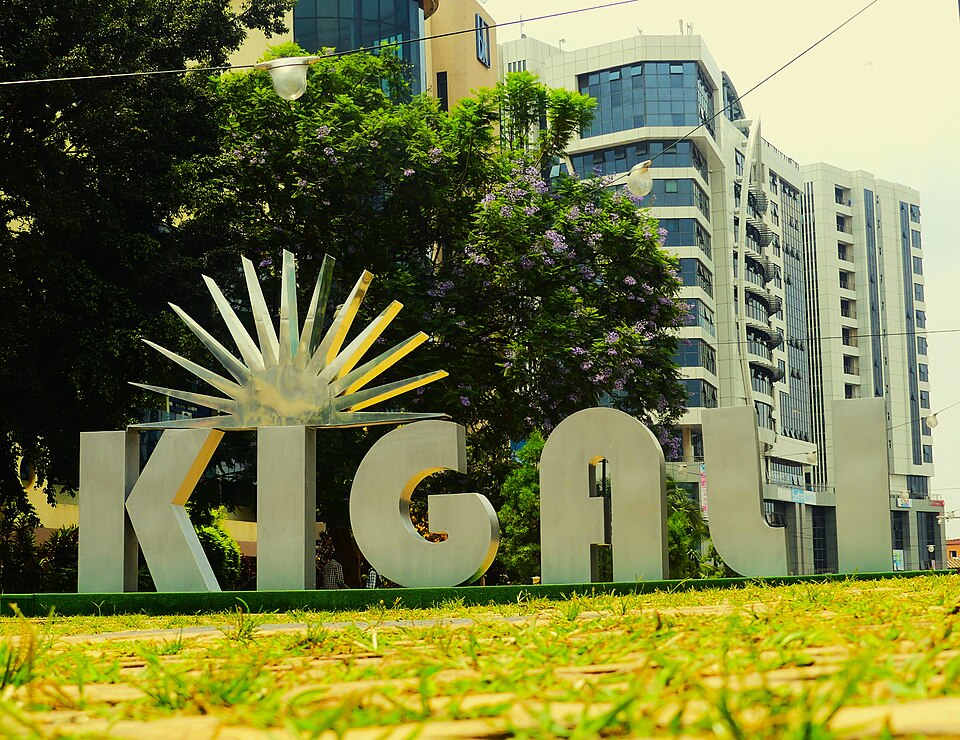
A Decade of Uninterrupted Growth
Over the past ten years, Rwanda’s construction market has been among the most dynamic in the region. According to industry reports, the sector has grown at an average rate of over 10% annually, fueled by public and private investments. The Rwandese government’s Vision 2050 plan—designed to transform Rwanda into a high-income nation—places infrastructure at the centre of its development strategy.
This commitment has translated into a surge in large-scale projects, ranging from national road networks and airport upgrades to energy facilities and modern commercial buildings, as we are going to see later in the article. The construction industry’s expansion has also been supported by stable governance and a business-friendly climate that attracts local entrepreneurs and international investors.
Drivers Behind the $1.4 Billion Milestone
The anticipated leap in the construction market value is not accidental. Several key factors are powering this growth:
1. Massive Infrastructure Investments
Rwanda has prioritised large-scale infrastructure projects, such as Bugesera International Airport, Kigali’s urban road upgrades, and nationwide rural electrification with the Nyabarongo II hydropower project. These projects modernise the country’s facilities and create ripple effects in the construction industry, ranging from material suppliers to specialised service providers.
2. Urbanisation and Population Growth
With Kigali’s population projected to exceed 2 million by 2035, housing demand is accelerating. The government has partnered with private developers to deliver affordable housing projects, while high-end developments cater to an emerging middle class.
3. Regional Integration
Rwanda’s strategic location within the East African Community (EAC) makes it a key player in regional trade. Improved road networks, logistics hubs, and border infrastructure enhance connectivity and boost construction activity.
4. Private Sector Confidence
Reforms that simplify business registration, streamline construction permits, and protect investor interests have positioned Rwanda as one of Africa’s top real estate and infrastructure investment destinations.
Notable Projects Reshaping the Sector
Rwanda’s construction industry is not just growing—it’s redefining the nation’s skyline and setting a benchmark for sustainable urban development in Africa. Some flagship projects stand out as game-changers for construction in 2025 and beyond:
1. Bugesera International Airport
The Bugesera Int. Airport is slated to become one of East Africa’s most advanced aviation facilities; this state-of-the-art airport will significantly boost Rwanda’s connectivity to global markets. It was designed for modern passenger comfort and operational efficiency, and it is expected to handle millions of travellers annually. Once completed, the airport will strengthen Rwanda’s position as a regional aviation hub and catalyse tourism, trade, and investment opportunities.
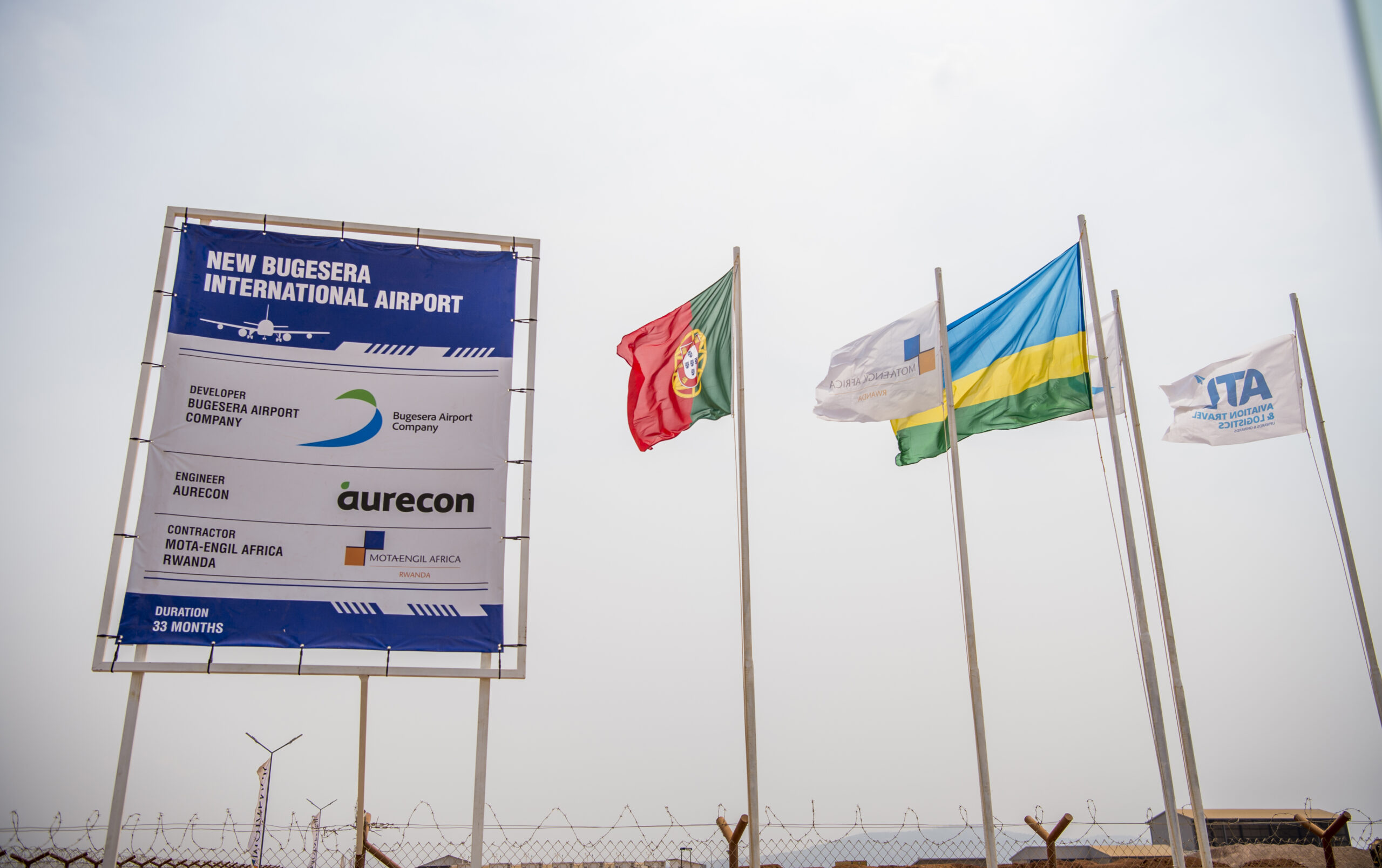
2. Kigali Green City
This groundbreaking, eco-friendly residential project aims to blend modern housing with cutting-edge sustainability principles. Powered by renewable energy and incorporating water recycling systems, Kigali Green City is envisioned as a model for future African urban planning. Beyond reducing carbon footprints, it will provide quality housing that meets the needs of a growing middle class while inspiring similar developments across the continent.
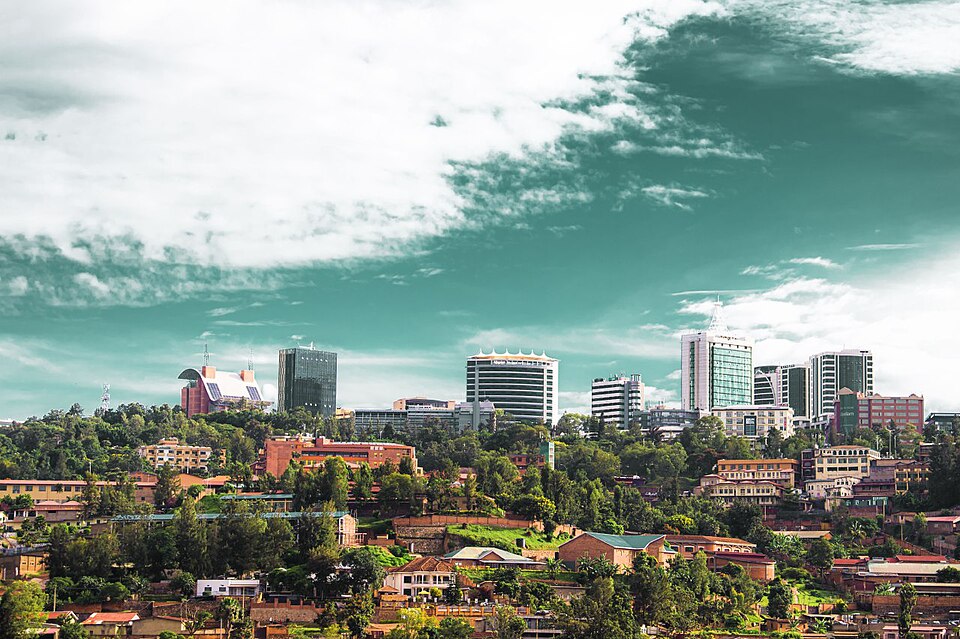
3. Nyabarongo II Hydropower Plant
As part of Rwanda’s push for energy independence, the Nyabarongo renewable energy project will add significant capacity to the national grid. It is a cornerstone in reducing reliance on imported energy and ensuring a stable power supply for industries, households, and the rapidly expanding construction market. Its impact will be felt far beyond the construction phase, as it will fuel manufacturing, technology, and infrastructure growth.
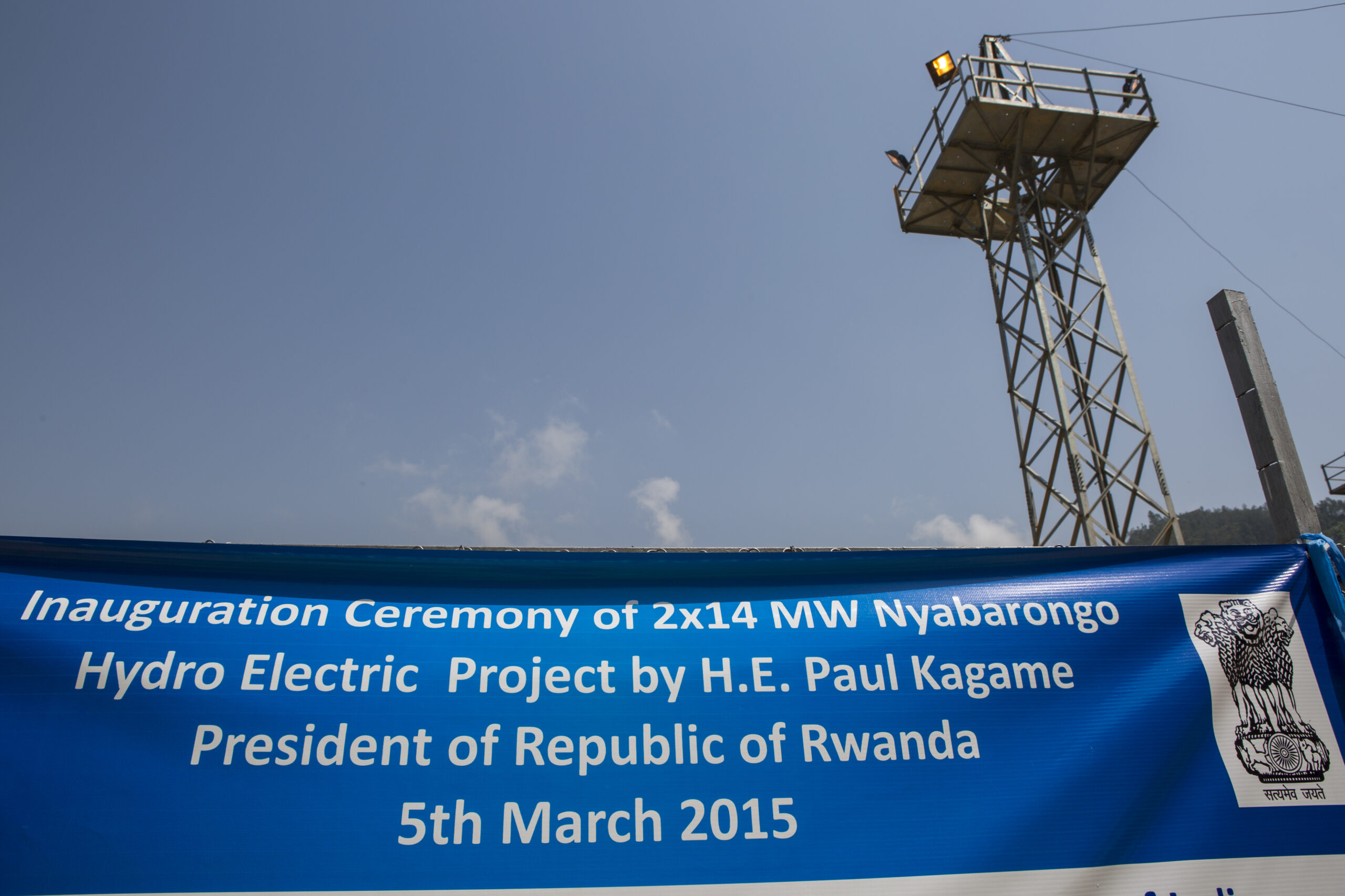
4. Kigali Convention Centre Expansion
Already an iconic landmark, the Kigali Convention Centre is undergoing a significant upgrade to position Kigali as Africa’s go-to destination for international conferences and events. With enhanced capacity and modern facilities, the expansion is expected to attract more global gatherings, boosting the hospitality and service sectors while showcasing Rwanda as a safe, contemporary, and business-friendly nation.
These developments are not just construction projects; they are catalysts for transformation. Together, they create thousands of direct and indirect jobs, offer skills training for local talent, and elevate Rwanda’s profile as a forward-thinking economy ready to compete globally.
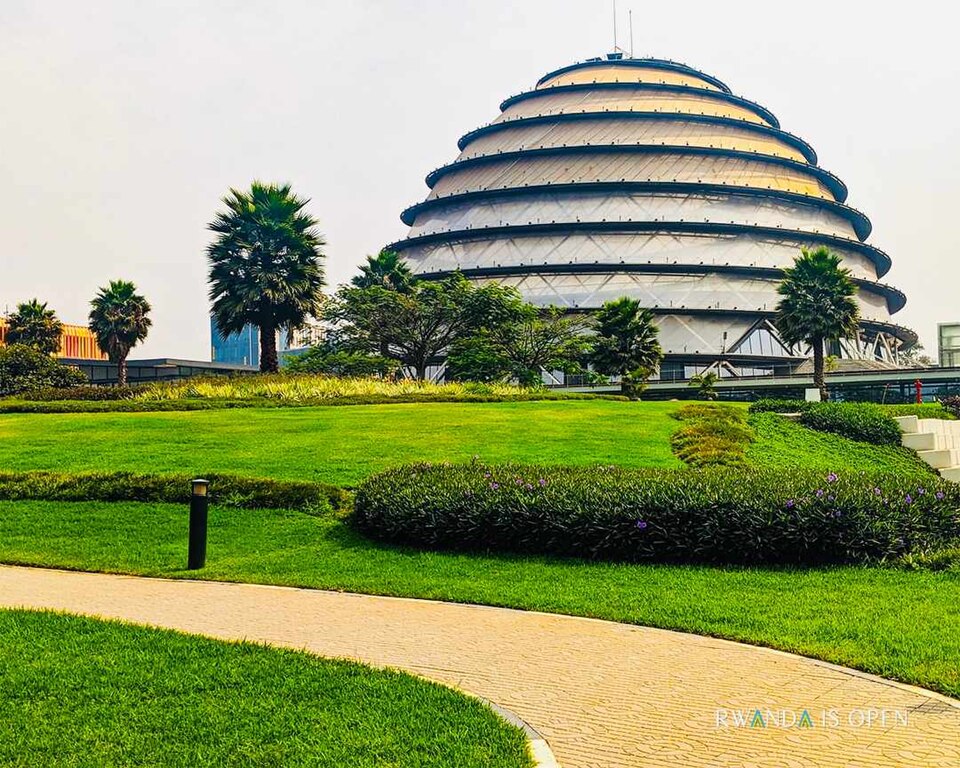
Opportunities and Challenges Ahead
Despite the promising outlook, Rwanda’s construction industry still confronts challenges that require attention to maintain its momentum:
Opportunities
- Local Manufacturing of Materials: With most construction materials currently imported, establishing local production plants could lower costs and create new industries.
- Green Construction: Sustainability is becoming a priority, opening the door for eco-friendly building technologies and renewable energy integration.
- Regional Export Potential: As Rwanda develops technical expertise, local construction companies could tap markets in neighbouring countries, like Kenya.
Challenges
- High Import Costs: Imported steel, cement, and machinery increase project expenses.
- Skills Gap: To meet the growing demand, the industry needs more trained engineers, architects, and skilled labourers.
- Financing: Access to affordable financing for small and medium-sized contractors remains a hurdle.
Government’s Role in Sustaining Growth
The Rwandan government has proactively ensured that the construction industry remains a key driver of economic development. Policy reforms, public-private partnerships (PPPs), and Targeted investments have fostered a supportive environment for both domestic and foreign stakeholders.
For example, the National Urbanisation Policy sets a framework for sustainable city development, while the public investment programme outlines priority infrastructure projects for the next decade. Additionally, the government has made strides towards digitising the construction permit process, reducing approval times from months to days.

Why Rwanda’s Construction Industry Matters to Investors
For investors eyeing construction markets in Africa, Rwanda offers several compelling advantages:
- Political Stability: Ranked among Africa’s safest and most politically stable countries.
- Ease of Doing Business: Consistently in the top three in Africa for business reforms and investor protection.
- Growing Middle Class: Rising disposable incomes drive demand for quality housing and commercial spaces.
- Strategic Trade Position: Access to regional markets through the EAC and the African Continental Free Trade Area (AfCFTA).
With the construction market projected to hit $1.4 billion in 2025, stakeholders who invest now could benefit from significant long-term returns.
Rwanda Looking Beyond 2025
While hitting the $1.4 billion mark will be a major accomplishment, Rwanda’s construction industry’s journey does not end there. Analysts predict sustained growth well into the next decade, supported by the continued infrastructure rollout under Vision 2050.
Future projects will prioritise sustainability by incorporating climate-resilient designs, energy efficiency, and smart-city concepts. This shift aligns with global trends and positions Rwanda as a leader in Africa’s modern, green construction practices.
Final Word
Rwanda’s rise as a construction powerhouse is a testament to strategic planning, investor confidence, and the nation’s determination to build a modern economy. Developers, investors, contractors, and suppliers have ample opportunities on the path to $1.4 billion in 2025.
For those ready to join this transformative journey, Rwanda offers a rare combination of stability, growth potential, and visionary leadership. The cranes on Kigali’s skyline are more than just metal—they’re symbols of a country building its future, brick by brick.
Stay Updated on Industry Trends
For in-depth insights on Rwanda’s construction industry and other major developments in Africa’s infrastructure sector, visit ConstructionFrontier.com today.

